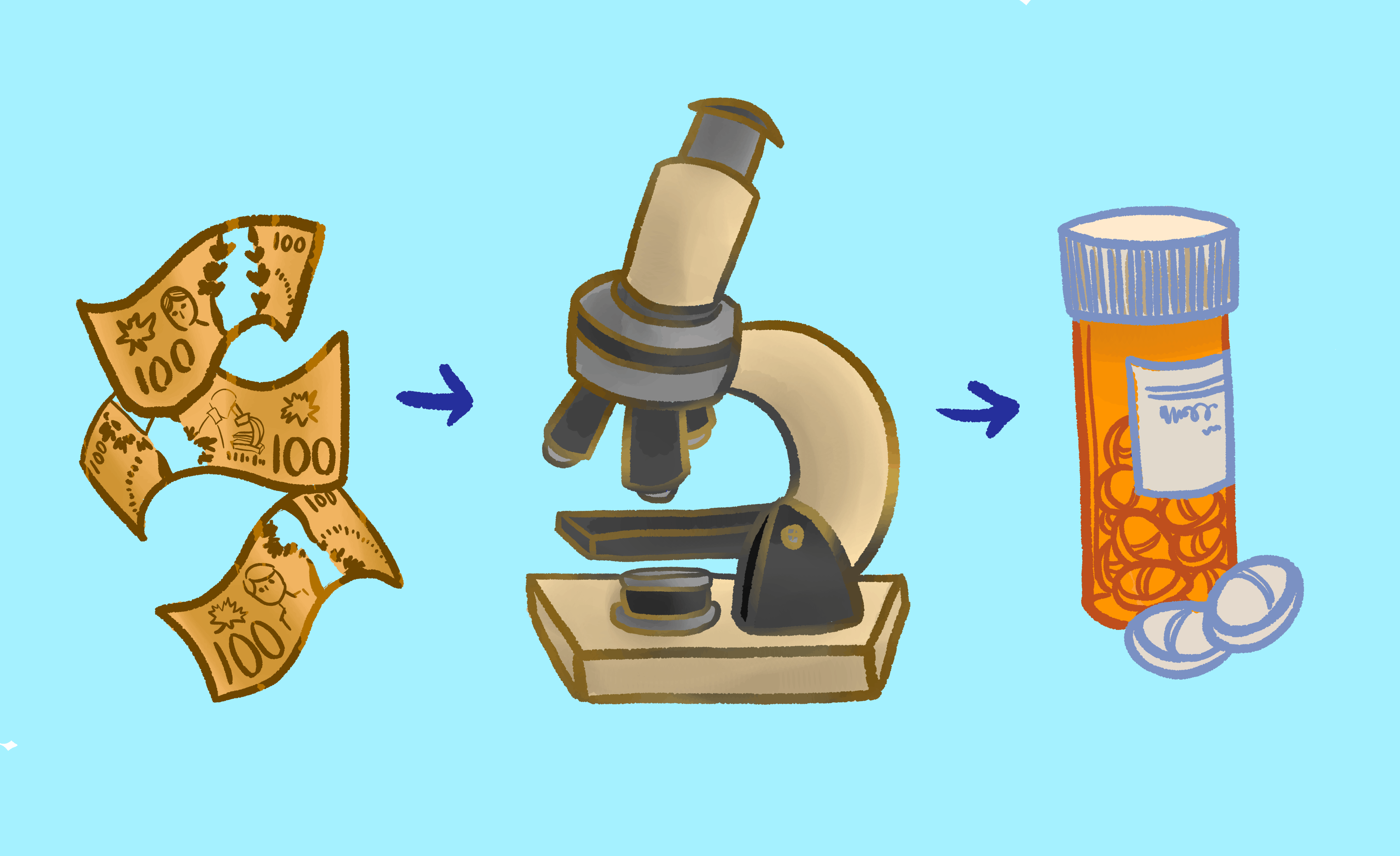On February 27, the Liberal government announced the federal budget, which includes a $3.2 billion investment in scientific research over the next five years.
A fund of $1.7 billion will go toward research granting councils — the Natural Sciences and Engineering Research Council, the Canadian Institutes of Health Research, and the Social Sciences and Humanities Research Council — and $1.3 billion will be used to fund overhead expenses like research infrastructure, laboratories, and supplies.
Additionally, the budget proposes the formation of a new tri-council fund that will spearhead research that is internationally and interdisciplinarily based.
This large investment was driven considerably by the Naylor Report, Canada’s Fundamental Science Review, led by U of T President Emeritus David Naylor and commissioned by Science Minister Kirsty Duncan in 2016. The Naylor Report outlined 35 recommendations for the government to implement in order to better support scientific endeavors, including a $1.3 billion increase for research granting councils by 2022.
Though Budget 2018 does not meet all criteria outlined by the Naylor Report, it is evident that the government listened to scientists and took note of the Support the Report campaign led by U of T last year.
“The government did send a very positive signal to the scientific community, and provided for increased and longer-term stability to research funding going forward,” said Bryan Stewart, Vice-Principal of Research at UTM. “This is very welcome news.”
According to Finance Minister Bill Morneau, this investment is the single largest in investigator-led fundamental research in Canadian history. Morneau also said that the investment will help spur new industries and careers in Canada.
“Federal research grants have a huge impact on any individual researcher’s ability to supervise and train students of all levels,” said Stewart. “Any uptick in research funding will allow for more student research opportunities, and unfortunately, any downturn in research funding has the opposite effect.”
Additionally, the government plans to invest $210 million over five years in the Canada Research Chairs (CRC) Program. This CRC investment also aims to support talented early-career researchers and diversify its nominees to include more female researchers and researchers from underrepresented groups.
Only 28 per cent of Research Chairs at major universities are women, and they are typically at the bottom of CRC’s funding tiers. The budget aims to address federal sector gender pay inequity through proactive legislation. On average, a woman earns $0.87 for every dollar a man earns.
The budget also addresses inclusivity: $25 million has been allotted to support Indigenous research and researchers from minority groups so that they are better represented.
“Fundamental research explores the basis for why things are, and applied research tends to focus on how to use fundamental knowledge to make things work,” explained Ulrich Krull, the Principal of UTM. “Economic impact is largely tied to success in making things work, but this has no traction unless there is understanding of what needs to be done and there are skilled people available to creatively solve problems.”
While the reaction to the scientific funding allocation of this budget has been overwhelmingly positive, some have criticized the government’s inattention to the slow return on investment correlated with fundamental research, calling the investment an unwise way to spend tax dollars.
Funding for the Climate Change and Atmospheric Research program has not been renewed and will end this year. This lack of funding will halt progress on research in the Arctic.
Despite concerns and a few gaps, Canada’s scientific community has rejoiced over the budget and that the government listened to the community’s concerns over lagging research and funding for investigator-led fundamental research.
“Overall, this budget sends a clear signal that the federal government understands that universities have a unique positioning to drive social, economic and cultural growth,” said Krull.


